 Compliance Made Easy - Protecting Private Information with Alliance AES/400 Encryption for IBM i and Alliance Key Manager for VMware
Compliance Made Easy - Protecting Private Information with Alliance AES/400 Encryption for IBM i and Alliance Key Manager for VMware
“Townsend Security was extremely easy to work with - from the sales process to deploying our proof of concept to post-sales support.”
- Adam Bell, Senior Director of IT
Citizens Security Life Insurance
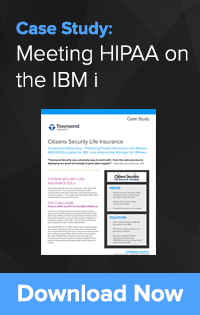 Citizens Security Life Insurance Company is a life and health insurance carrier. The company offers group benefits including dental and vision coverage, and individual ancillary insurance products. The company was founded in 1965 and is headquartered in Louisville, Kentucky.
Citizens Security Life Insurance Company is a life and health insurance carrier. The company offers group benefits including dental and vision coverage, and individual ancillary insurance products. The company was founded in 1965 and is headquartered in Louisville, Kentucky.
The Challenge: Protect ePHI & PII on the IBM i
In order to meet growing partner requirements and pass a data security audit for protecting electronic Protected Health Information (ePHI) and Personally Identifiable Information (PII), Citizens Security Life Insurance (CSLI) needed to deploy an encryption solution on the IBM i. The solution needed to be easy to implement with excellent performance.
While FIELDPROC on the IBM i makes it very easy to encrypt data without application changes, CSLI also understood that for encrypted data to truly be secure, they would need to store and manage encryption keys with an external key manager.
By using a VMware-based encryption key manager, the company could meet encryption and key management best practices for separating encryption keys from the data they protect.
The Solutions
Alliance AES/400 Encryption
“The performance we are seeing with Alliance AES/400 encryption is excellent,” said Adam Bell, Senior Director of IT, Citizens Security Life Insurance. “The solution was easy to integrate and completely met our expectations.”
Alliance AES/400 FIELDPROC encryption is NIST-compliant and optimized for performance. The solution is up to 100x faster than equivalent IBM APIs on the IBM i platform.
With Alliance AES/400, businesses can encrypt and decrypt fields that store data such as credit card numbers, social security numbers, account numbers, ePHI, and other PII instantly without application changes.
Alliance Key Manager for VMware
“Alliance Key Manager for VMWare was very easy to implement and the resources Townsend Security provided made deployment a smooth process,” continued Bell. By deploying Alliance Key Manager for VMware, CSLI was able to meet their business needs with a solution that could not only deploy quickly, but was also easy to set up and configure.
Alliance Key Manager for VMware leverages the same FIPS 140-2 compliant technology found in Townsend Security’s hardware security module (HSM) and in use by over 3,000 customers. The solution brings a proven and mature encryption key management solution to VMware environments, with a lower total cost of ownership. Additionally, the key manager has been validated to meet PCI DSS in VMware environments.
Integration with the IBM i Platform
An encryption strategy is only as good as the key management strategy, and it can be difficult to get key management right. For companies doing encryption, the most common cause of an audit failure is an improper implementation of key management. The seamless integration between Alliance AES/400 and the external Alliance Key Manager for VMware allowed CSLI to pass their data security audit with flying colors.


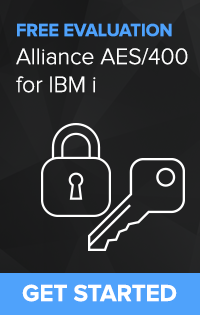

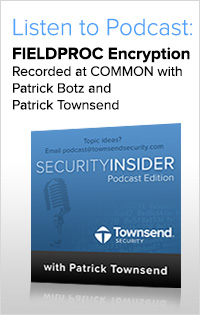
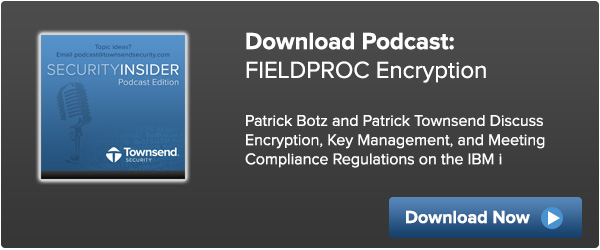
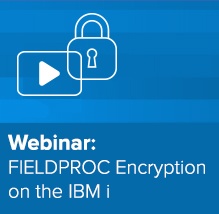
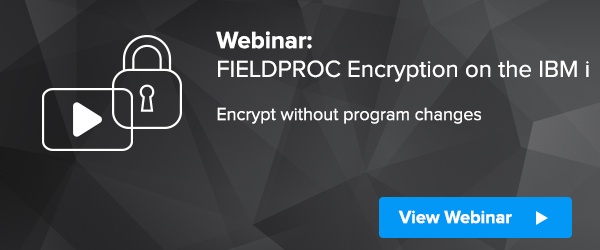
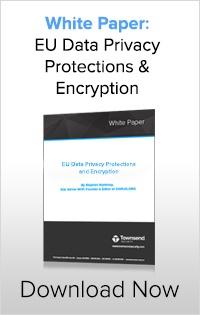

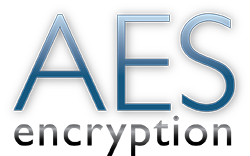 AES encryption has become the de facto standard for protecting data at rest in databases and unstructured data such as flat files, messages, EDI, and XML documents. As enterprises deploy data security solutions to meet compliance requirements, they are frequently surprised by the performance impacts of encryption. Inadequate attention to encryption performance can lead to increased costs, delayed or failed projects, compliance failure, reduced flexibility to meet competitive challenges, and exposure to legal liability.
AES encryption has become the de facto standard for protecting data at rest in databases and unstructured data such as flat files, messages, EDI, and XML documents. As enterprises deploy data security solutions to meet compliance requirements, they are frequently surprised by the performance impacts of encryption. Inadequate attention to encryption performance can lead to increased costs, delayed or failed projects, compliance failure, reduced flexibility to meet competitive challenges, and exposure to legal liability.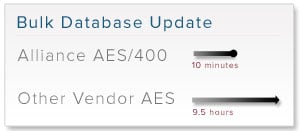 A large multi-brand retailer, that sells its products online and in traditional retail outlets needed to meet PCI Data Security Standards for protecting customer credit card information. After evaluating several different vendors for performance they decided on AES Encryption from Townsend Security. They deployed the Alliance AES/400 Encryption solution to protect sensitive data in DB2 database files and in a variety of unstructured data files and were able to achieve PCI compliance in record time.
A large multi-brand retailer, that sells its products online and in traditional retail outlets needed to meet PCI Data Security Standards for protecting customer credit card information. After evaluating several different vendors for performance they decided on AES Encryption from Townsend Security. They deployed the Alliance AES/400 Encryption solution to protect sensitive data in DB2 database files and in a variety of unstructured data files and were able to achieve PCI compliance in record time. I just listened to a discussion of database security hosted by Oracle that was very well done. At one point the discussion turned to current threats and how the Enterprise has lost the ability to use perimeter protection for sensitive data. This has been a topic of much discussion in the security area for the last few months. Perimeter protection is based on the use of Firewall and similar technologies to keep the bad guys out, but this approach is failing with the advance of more sophisticated attacks, the use of social media by large organizations, the advance of mobile technologies, insider threats, and the migration of applications to cloud platforms. The trend is called “de-perimeterization” and represents a bit of a challenge to organizations that need to protect sensitive data.
I just listened to a discussion of database security hosted by Oracle that was very well done. At one point the discussion turned to current threats and how the Enterprise has lost the ability to use perimeter protection for sensitive data. This has been a topic of much discussion in the security area for the last few months. Perimeter protection is based on the use of Firewall and similar technologies to keep the bad guys out, but this approach is failing with the advance of more sophisticated attacks, the use of social media by large organizations, the advance of mobile technologies, insider threats, and the migration of applications to cloud platforms. The trend is called “de-perimeterization” and represents a bit of a challenge to organizations that need to protect sensitive data.